Don't wanna be here? Send us removal request.
Photo
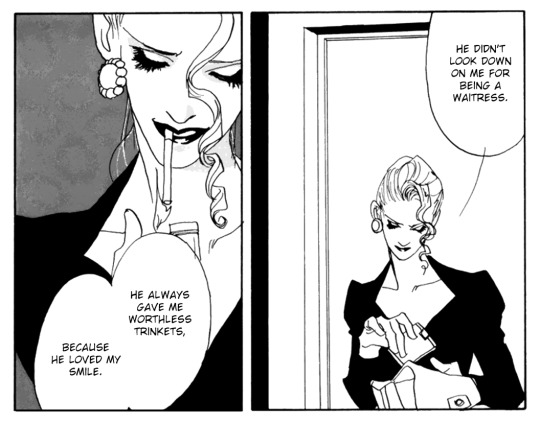
True Blue Will Never Stain, Tada Yumi (1995).
59 notes
·
View notes
Note
oooh have you ever done a post about the ridiculous mandatory twist endings in old sci-fi and horror comics? Like when the guy at the end would be like "I saved the Earth from Martians because I am in fact a Vensuvian who has sworn to protect our sister planet!" with no build up whatsoever.

Yeah, that is a good question - why do some scifi twist endings fail?
As a teenager obsessed with Rod Serling and the Twilight Zone, I bought every single one of Rod Serling’s guides to writing. I wanted to know what he knew.
The reason that Rod Serling’s twist endings work is because they “answer the question” that the story raised in the first place. They are connected to the very clear reason to even tell the story at all. Rod’s story structures were all about starting off with a question, the way he did in his script for Planet of the Apes (yes, Rod Serling wrote the script for Planet of the Apes, which makes sense, since it feels like a Twilight Zone episode): “is mankind inherently violent and self-destructive?” The plot of Planet of the Apes argues the point back and forth, and finally, we get an answer to the question: the Planet of the Apes was earth, after we destroyed ourselves. The reason the ending has “oomph” is because it answers the question that the story asked.

My friend and fellow Rod Serling fan Brian McDonald wrote an article about this where he explains everything beautifully. Check it out. His articles are all worth reading and he’s one of the most intelligent guys I’ve run into if you want to know how to be a better writer.
According to Rod Serling, every story has three parts: proposal, argument, and conclusion. Proposal is where you express the idea the story will go over, like, “are humans violent and self destructive?” Argument is where the characters go back and forth on this, and conclusion is where you answer the question the story raised in a definitive and clear fashion.
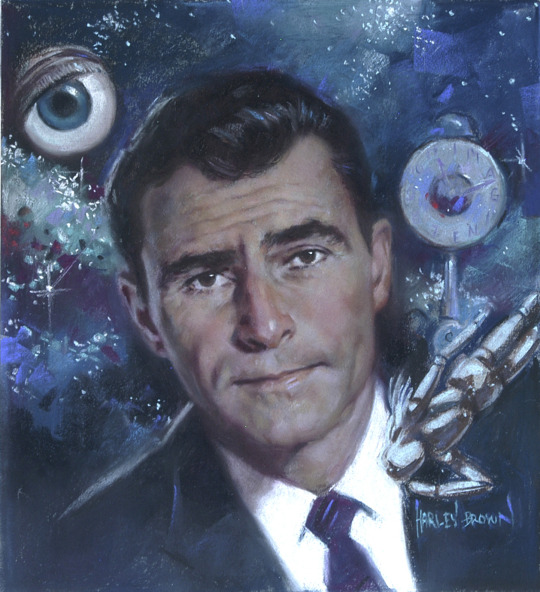
The reason that a lot of twist endings like those of M. Night Shyamalan’s and a lot of the 1950s horror comics fail is that they’re just a thing that happens instead of being connected to the theme of the story.
One of the most effective and memorable “final panels” in old scifi comics is EC Comics’ “Judgment Day,” where an astronaut from an enlightened earth visits a backward planet divided between orange and blue robots, where one group has more rights than the other. The point of the story is “is prejudice permanent, and will things ever get better?” And in the final panel, the astronaut from earth takes his helmet off and reveals he is a black man, answering the question the story raised.
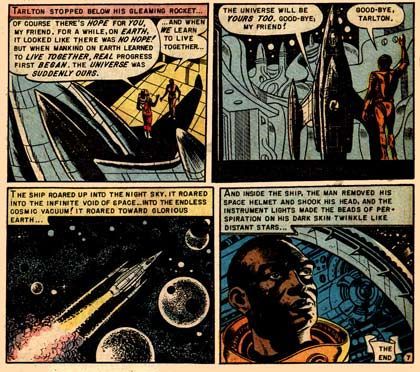
99K notes
·
View notes
Photo

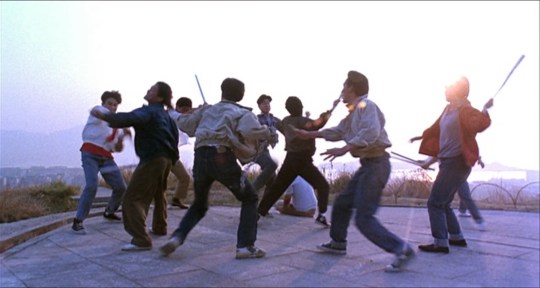

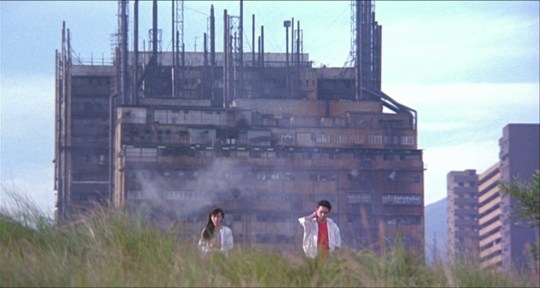
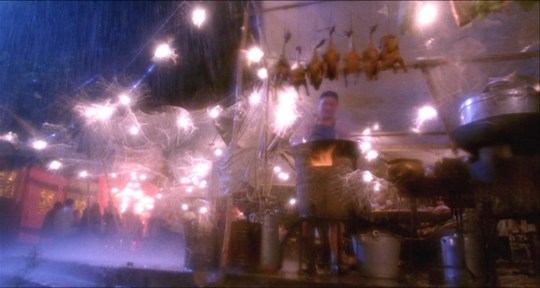







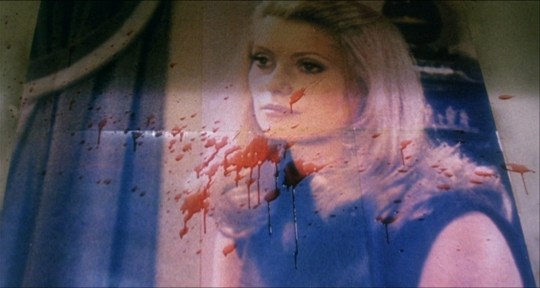











Bullet in the Head (1980) dir. John Woo, cinematography by Wilson Chan / Ardy Lam Kwok-Wah / Chai Kittikum Som / Horace Wong
81 notes
·
View notes
Text
“You read something which you thought only happened to you, and you discover that it happened 100 years ago to Dostoyevsky. This is a very great liberation for the suffering, struggling person, who always thinks that he is alone. This is why art is important. Art would not be important if life were not important, and life is important.”
— James Baldwin, Conversations with James Baldwin
53K notes
·
View notes
Photo







tsunenori saito x odio カウボーイビバップ Cowboy Bebop c o l o r f u l Part one of a big collaborative retrospective celebrating Cowboy Bebop.inspired by the musical variations of Jazz. Each sub series will be in it’s own style using dif coloring techniques. These sketches by illustrator and industry legend tsunenori saito are colored in an art nouveau style. Hope you enjoy and keep an eye out for sub series number two in the coming weeks.
オディオ O D I O
15K notes
·
View notes
Text

I got a cheap lot of DC's '80s Secret Origins series on eBay today. Flipping through them, I came across this awesome page by Kevin Maguire (pencils) and Dick Giordano (inks) from the Deadman story in #15.
80 notes
·
View notes
Text
cool how militarized police will fire tear gas at protesters outside the white house so trump can get his photo op but be completely absent when 100+ trump supporters literally physically break into the capitol building
23K notes
·
View notes
Note
What were early 2000's webcomics like?
It was the best of times, it was the blurst of times. Kids who grew up in the 90s manga boom weren’t old enough to get scanners and the like, so the first webcomics were Newspaper comics based on nerdy things.
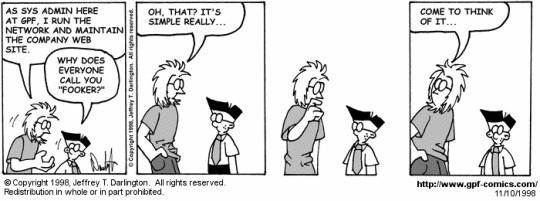
Like General Protection Fault, which was an even nerdier version of Dilbert.

And, of course, 1999′s Penny Arcade. Penny Arcade’s success would inspire a million “two dudes on a couch playing video games” clones.
A dude saw Penny Arcade and convinced his artist friend to make a comic with him. He wanted a standard 4-panel comic just like in the newspaper. But his friend was a huge weeb, and wanted to have four vertical panels like in Japanese 4koma comics. So they found a compromise format and started a comic in 2000.

Megatokyo had a lot of video game jokes early on, but quickly morphed into being about anime stuff, which happened to be pretty popular. In lieu of video game jokes, it introduced some light sex humor, a woman with huge boobs who wanted to fuck the gamer dude, and a sentient android that everyone accepted as normal because it was a silly comic and a lot of early-2000s internet humor tended towards randomness.
So you had these two really popular webcomics with elements that had obvious appeal: Dudes on a couch playing video games, sexy chicks with huge boobs who wanted to bang the MC, robots, and a weird square format that happened to be easier to read at lower resolutions. But could these elements be combined? One man dared to dream they could. And in 2002 he made his dream a reality
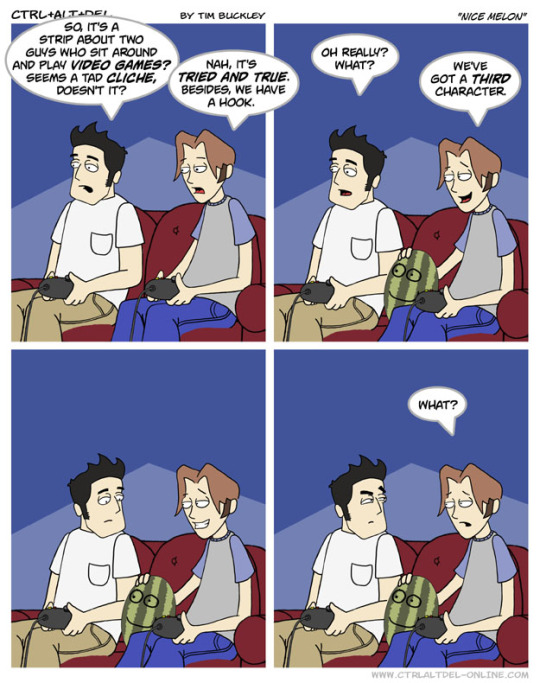
Given what a joke it’s rightfully since become, I feel the need to emphasize that CAD was one of the big early webcomics, and helped inspire it’s own share of imitators. It’s probably fair to say that it was more influential than even Penny Arcade, in that it had more elements that could be slavishly copied and passed around.
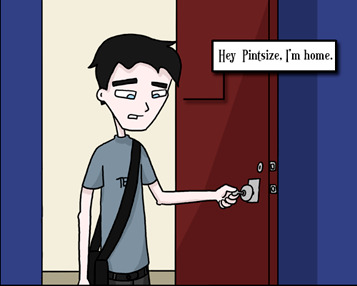
(If you ever wondered why it took so long for anyone in Questionable Content to acknowledge the weirdness of all the robots, it’s because random unexplained robots were really popular in webcomics in the early 2000s)

Meanwhile, it its own little isolated corner of the internet, Bob and George was popularizing “sprite comics”, a genre that consisted of itself,8-Bit Theater the next year, and a trillion shitty comics not worth mentioning. These were less influential than the Penny Arcade ==> Megatokyo ==> CAD ==> Questionable Content progression, but even this early the tiny webcomic scene was start to grow and split. Questionable Content was much more grounded than other webcomics at the time, and it’s rom-com plot was a big step away from the gag-a-day strips, but its influence was dulled because a bunch of other comics were starting to spring up. In the early 2000s, everyone was reading the same things because there were so few comics worth your time, but by the mid-2000s you were starting to see some quality.

You were also starting to see people getting serious about monetization. Scott McCloud’s dream of selling your comics for ten cents a pop and making bank in volume had crashed into the twin peaks of “most comics are also good and they’re free” and “credit cards charge fees, idiot”. Some of the better, more respected comics started joining together into one site with all of them that you needed to pay to access, kind of like how Slipshine works now except without the porn.
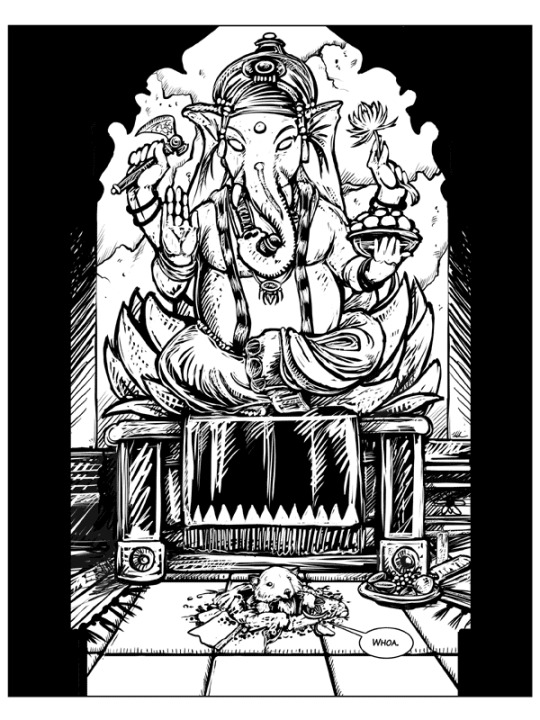
This didn’t work out financially, and it also meant that the best webcomics of the mid-2000s like Digger and Narbonic had really small audiences because you couldn’t read them without paying a fee first. Advertising was less useless then than it is now, but times were tough for the webcomics business in the pre-Patreon days. But some webcomics realized that they could find a profitable niche by appealing to new audiences. Instead of the straight white boys who made up the general webcomics audience, they’d reach out to a new demographic:
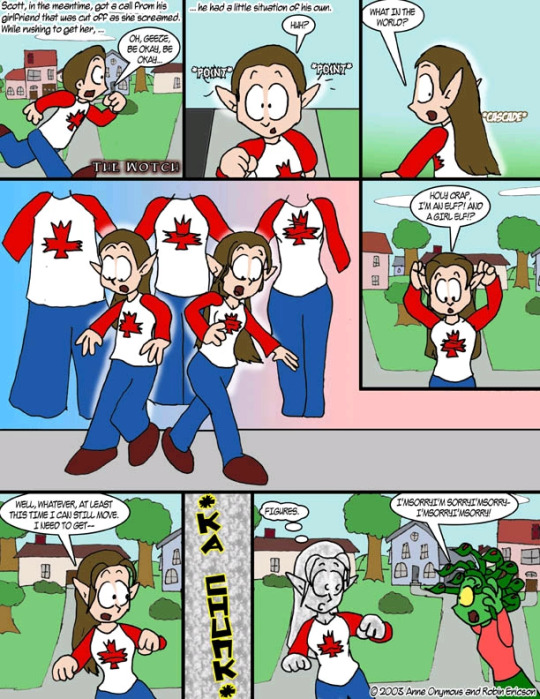
Perverts!
And, more specifically,
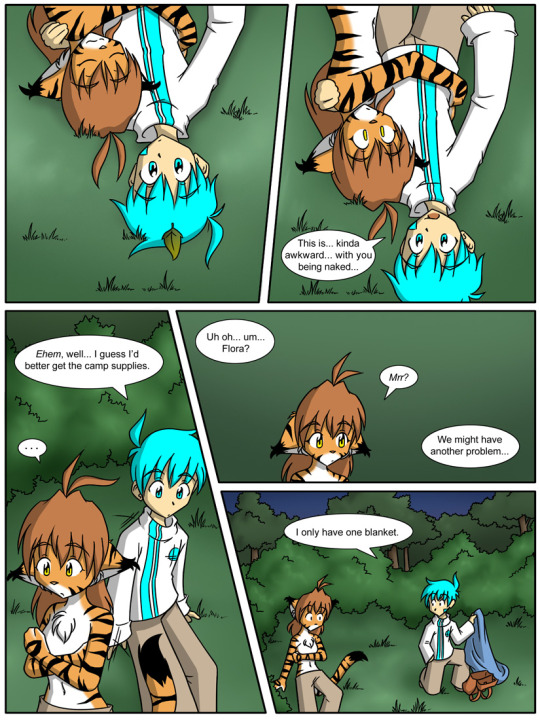
Furries!
Because furries really wanted furry content, and they were willing to pay for it. Pay a lot for it. Furry cheesecake comics prospered, and even though they didn’t have mainstream success, they were pulling it the big bucks compared to your average video game comic. People were starting to realize that 1000 hardcore fans was better than 100,000 casual fans, and a lot of comics started searching for a niche. (This is kind of related to webcomics becoming more progressive/inclusive a bit later, but that’s a whole ‘nother essay that I’m not the one to write)
These webcomics were pretty tame PG-13 stuff like you’d see in the shounen manga its creators were fans of, with nary a nipple to be seen, and a lot of them would die out in favor of straight-up porn.
In the late 2000s, art students realized that making a webcomic was a great way to build a portfolio, and we were hit with the Great Boom Of Webcomics By People Who Can Actually Draw. In 2003, that TwoKinds art was not only acceptable, it was top-tier for a free comic

By 2006 it was not the top tier
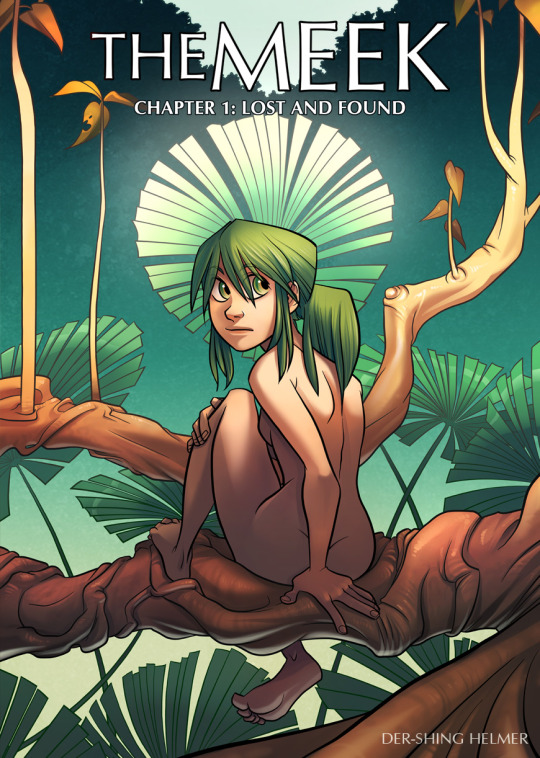
By 2008 it was no longer acceptable.
The world of webcomics became flooded with high-quality work by actual artists who’d gone to school and everything. The first generation of webcomics creators no longer ruled as the comics everyone read. Doctor Fun, the first-ever webcomic, ended in 2006. So did Narbonic and Mac Hall. Applegeeks, one of the most successful PA clones, ended in 2010 alongside 8-Bit Theater. Ctrl+Alt+Delete ended and rebooted to the interest of no one.
While in 2001, a bad artist could build a following just by updating regularly and slowly improving, that became a lot harder to do as the Bush Administration ended. There were too many brilliant artists making great content for someone to break onto the scene with simple art or sprites. And one day a lot of people gave up on ever being able to make a successful webcomic if their panels didn’t look like a magic the gathering card.
And it just so happened that that day, the 13th of April 2009, was a young man’s birthday…
44K notes
·
View notes
Photo








Hercule Poirot, most humble man in the world.
1K notes
·
View notes
Photo

Charles White
Goodnight Irene, 1952
Oil on canvas 47 × 24” | 119.4 × 61 cm.
The Nelson-Atkins Museum of Art, Kansas City, Missouri
149 notes
·
View notes
Text
NYT Breaking: The tradition of all dead generations weighs like a nightmare on the brains of the living
4K notes
·
View notes
Text
*attempts to log into bank account*
To continue answer security question: “Where and how will you die?”
types in “alone in a ditch wearing a clown costume”
*i view my account balance of $4.47*
497K notes
·
View notes
Note
I haven't seen the post so I have to ask, what was the point of arguing that nazis didn't burn degenerate erotica? (I use the term degenerate jokingly, I myself am a degenerate)
This is the post

It currently has about 40,000 notes and while some of those are people pointing out the egregious historical revisionism that has the effect of unintentionally defending Nazi book burnings I dont think thats the majority of the notes.
What I find fascinating is how while tumblr is full of historical illiteracy, this post stands out to me as something where you can viscerally feel the ignorance of the OP.
Like, even with the list of “what they actually burned” its clear the OP is fucking stupid with regards to the history of Nazism. Like I straight up have no fucking idea what they mean by “firsthand accounts of historical atrocities” because when I hear that phrase paired with “Nazism” I think of Holocaust denial…. which was very much not a thing during the 1930s. “Scientific research that supports civil rights” sounds like an incredibly awkwardly phrased half-remembered point about Magnus Hirschfeld but presented in such a way that its clear the moron who is the OP doesnt know much more about the topic than vaguely remembering a one-sentence social media post. And “minority religions’ holy texts” just comes off as a flagrant dilution of the centrality of antisemitism to the Nazi worldview.
The point of the post is to further spread ignorance of the types of books the Nazis burned which yes did include ‘degenerate erotica’ because you see if you dont follow the example of the OP and actually research things before opening one’s mouth you’d see that sexual literature was one of the categories explicitly targeted by the Nazis in their book burning campaigns. And as a matter of fact during the 1920s they used mass hysteria about the supposed negative effects of vulgar fiction on young people as a recruiting tool or means of establishing sympathy with conservative members of the populace (who in some cases expressed disagreement with now the Nazis described smut as being essentially “Jewish” but lended their support because they thought the ends justified it)with there being a clear and direct line between the mass hysteria about vulgar and smutty literature with Nazi era policies.
In 1926 the Reichstag passed the Gesetz zur Bewarhung der Jugend vor Schund und Schmutzschriften or “Law to Protect Youth from Trash and Smut Literature” which was passed with right-wing and centrist support and left-wing opposition. In 1935 that law was superseded by new more strict policies and the censorship bodies established to “protect youth” from degenerate fiction were absorbed into the newly founded Reichsschrifttumskammer (Reich Chamber of Literature) which was itself a branch of the Reichskulturkammer (Reich Chamber of Culture).
The amount of spread that post has gotten as well as the fact that I’ve never seen a defender of it even attempt to address the blatant historical revisionism beyond some lazy attempts of “Oh what?!?!? You think fanfic writers are marginalized!?!? How cringe!” or some vague sentiment of reblogging the post with no disagreement and simply handwaving the people attempting to correct the record as “discourse in the notes” is fucking wild. Personally I think part of it also involves the strange myth people spread that Nazis were the real sexual deviants
1K notes
·
View notes



